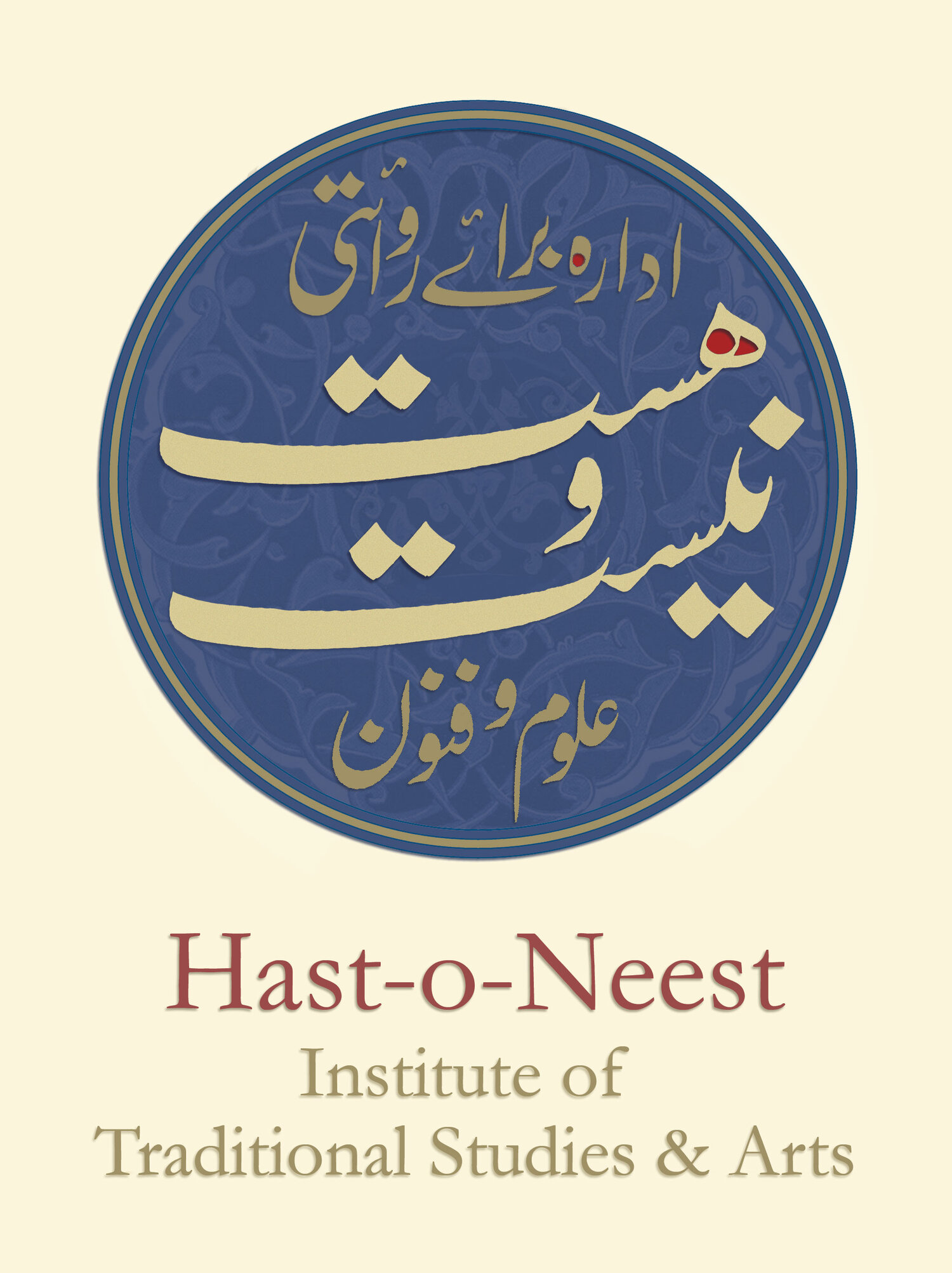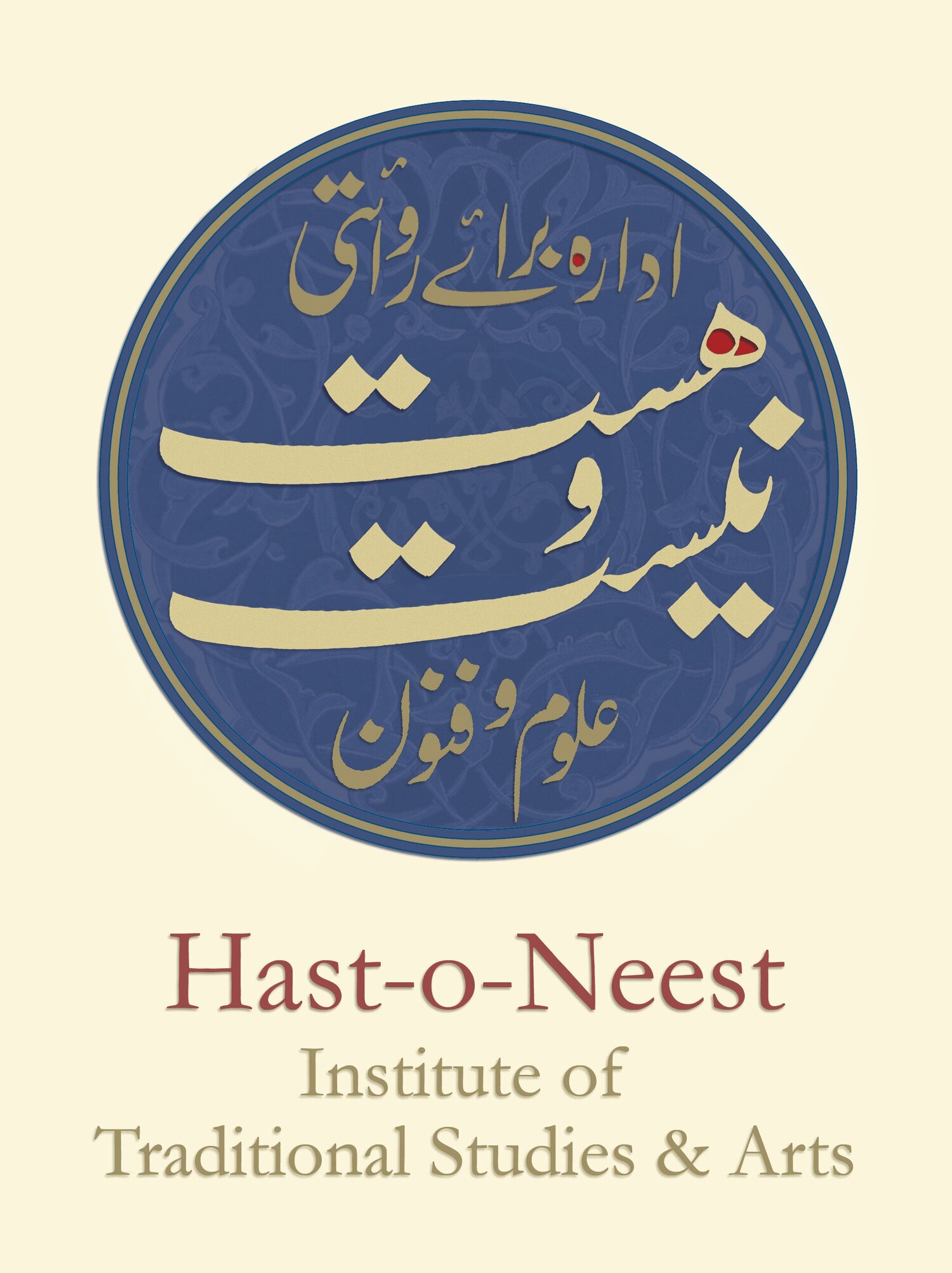The City of Islam | Living Experience of the Traditional Islamic World.
The Moroccan city of Fez, founded in the ninth century CE, is one of the most precious urban jewels of Islamic civilization. For more than 40 years Titus Burckhardt worked to document and preserve the artistic and architectural heritage of Fez in particular and Morocco in general. These newly translated lectures, delivered while Burckhardt was living and working in Fez, explore how the historic city can be preserved without turning it from a living organism into a dead museum-city, and how it can be adapted and updated using the values that gave birth to the city and its way of life. Aided by photographs and sketches made during the course of his lifetime, Burckhardt conveys what it means to be a living Islamic city.
Fez, City of Islam is undoubtedly one of Titus Burckhardt’s masterpieces. It conveys a profound understanding of the sacred roots that nourish Islamic culture and civilisation. The book relates the teachings, parables and miracles of the saints of many centuries and demonstrates not only the arts and crafts of Islamic civilisation, but also its sciences and administrative skills.
Image | Wazir Khan Masjid, Lahore, c.Irfan Cheema
The Relevance of Traditional Ideas.
Experience the 1976 World of Islam Festival in London
‘Inspired by a meeting with Mahmud Mirza, a traditional musician from India, the architect Paul Keeler, of the Centre for Advanced Creative Study in London, who was to become the initiator of the World of Islam Festival, set about producing an exhibition on “the Mughal way of life”. Keeler’s interest in Islam grew from the 1960s pop scene and the widespread fascination for Indian music and spirituality that grew up in this milieu. In contrast to the mainstream of this counter-culture, Keeler developed his interests towards Islam rather than Hinduism. His deepened engagement with Islamic traditions led on to a first, and much smaller, Festival of Islam in London in 1971, which aimed “to celebrate the unity of the Islamic world”.
It was a time after the demise of late-nineteenth-century Muslim peril propaganda and before the rise of modern post-Cold War Islamophobia. Islam was still largely viewed as a quaint remnant of a traditional way of life that it was assumed would disappear in the ongoing modernization of the world. The planning had already begun in 1971, which meant that the increased revenues flowing to Arab oil producers did not create the Festival, but expanded its budget and size.
Many of the senior curators of the major Islamic collections in European museums either participated in or were influenced by the Festival’s exhibitions.
“In the history of European exhibiting of Islamic art, it was the first to eclipse the legendary Munich exhibition of Islamic art in 1910. The explicit aim of the World of Islam Festival was to “promote knowledge, appreciation and understanding of the Muslim world”.
See, Framing Islam at the World of Islam Festival, London, 1976, Klas Grinell, 2018; See, Arabic language version of a documentary giving an outline of the events; See, Revisiting the 1976 World of Islam Festival - Panel Discussion with Dr Nur Sobers-Khan, SOAS, 2016
6 Films | 1976 World of Islam Festival Film Series








